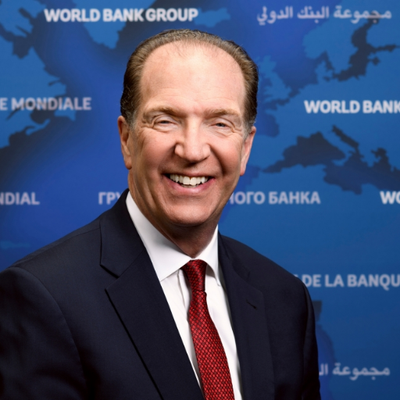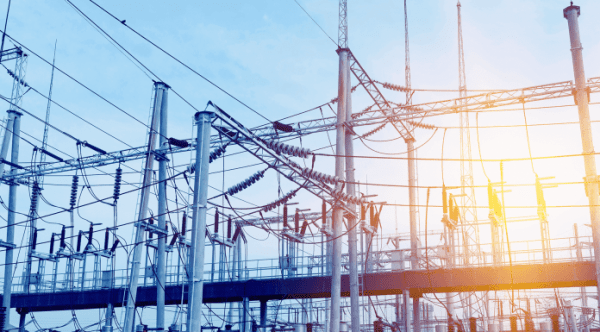Ghana’s Gross Domestic Product (GDP) has expanded by 1.1% in 2020, according to an estimate from the World Bank.
The estimated growth for West Africa’s second-largest economy holds optimism for the fast rebound of economic activity, even though, this is below the projected growth of 1.9% in 2020 by the Central Bank of Ghana.
The World Bank has accordingly revised Ghana’s growth rate for 2021 to 1.4% in its latest Global Economic Prospects Report. However, the World Bank expects growth to rebound strongly at 2.4% in 2022.
Despite the Agriculture Sector’s resilience in the second and third quarters of 2020, the Bretton Wood institution indicated that this will not be sufficient to offset the adverse effect of the COVID-19 pandemic on the oil and other sectors of the economy.
“In Ghana—the region’s fourth-largest economy—the expected resilience in agriculture will not be sufficient to offset the pandemic’s lingering adverse impact on oil and other sectors. As a result, the growth forecast for 2021-22 has been downgraded”, the World Bank said.
The Gross Domestic Product (GDP) growth rate for Ghana will be lower than the expected 2.7% rate forecast for Sub-Saharan Africa in 2021.
Ghana’s performance in 2020 is however better than that of Africa’s largest economy, Nigeria, which contracted by 4,1%. Ghana’s neighbour, Cote D’ Ivoire, is, however, expected to record 5.5% GDP in 2021.
Additionally, the World Bank said the coronavirus pandemic caused an estimated 6.1% fall in overall per capita income last year in Sub-Saharan Africa nations and is expected to lead to a further 0.2% decline this year, before firming somewhat next year.
The resultant decline in per capita income is expected to set average living standards back by a decade or more in a quarter of Sub-Saharan African economies.
The recent projections show the economy is on track to a rebound despite contracting for two consecutive quarters in 2020. The economy, despite the negative growth, saw an improvement from a contraction of 3.2% in Q2 2020 to a much lower dip of 1.1% in Q3 2020.
According to figures from the Ghana Statistical Service, the economy with oil contracted by 1.1% but grew by -0.4% without oil.
The 1.1 % contraction of GDP in Q3 was attributed to the impact of the COVID-19 pandemic which saw a lot of businesses remaining closed down after the partial lockdown was lifted for August to September 2020.
The Agriculture sector holds much optimism for the country’s growth prospects which many experts attributed partly to stringent government policies such as the planting for food and jobs initiative.
Agriculture recorded the highest growth of 8.3% in Q3 2020 as compared to the Industry and Services sectors contracted by 5.1% and 1.1% respectively.
Ghana’s performance last year is better than that of the Sub-Saharan Africa’s (SSA) average. The World Bank noted that SSA has been hard hit by the COVID-19 pandemic, with activity in the region shrinking by an estimated 3.7 percent last year.
The World Bank expects growth to resume at a moderate average pace of 3% in 2021-22—essentially zero in per capita terms and well below previous projections—as persistent outbreaks in several countries continue to inhibit the recovery.
“COVID-19 is likely to weigh on growth in Sub-Saharan Africa for a long period, as the rollout of vaccines in the region is expected to lag that of advanced economies and major EMDEs, further dampening growth. As a result, living standards are likely to be set back a decade and tens of millions of people in the region could be pushed into extreme poverty cumulatively in 2020-21”, the World Bank warned.
The Bank, however, outlined several Risks that paint a gloomy picture to the regional outlook: weaker-than-expected recoveries in key trading partner economies, logistical hurdles that further impede vaccine distribution, and scarring of labor productivity that weakens potential growth and income over the longer term.





















